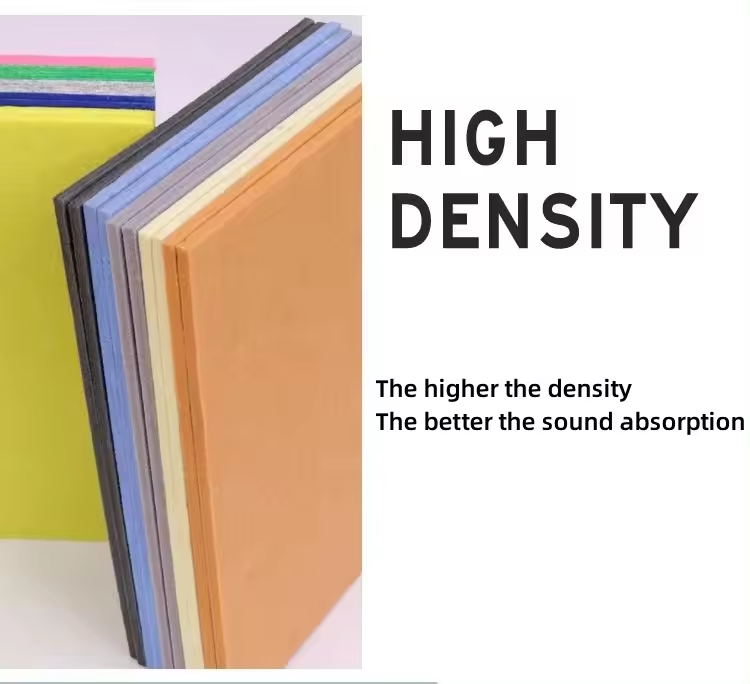Tempered Glass and Toughened Glass Understanding the Differences and Benefits
In the realm of modern architecture and design, glass plays an essential role, not just as a structural element but as a design feature that contributes to both aesthetics and functionality. Among the various types of glass available, tempered glass and toughened glass are often discussed, yet many have misconceptions regarding their definitions and applications. This article aims to clarify these terms, highlight their benefits, and elucidate their differences.
Firstly, it is crucial to understand what tempered glass and toughened glass refer to in the glass industry. In many instances, these terms are used interchangeably. However, they essentially describe the same process the treatment of glass to enhance its strength and thermal resistance. The manufacturing process involves heating the glass to a high temperature—typically around 620 degrees Celsius—and then rapidly cooling it. This process induces compressive stresses on the surface of the glass, which significantly increases its strength compared to untreated glass.
One of the primary benefits of tempered glass is its increased durability. While standard glass can easily shatter upon impact, tempered glass is designed to withstand higher levels of physical stress and temperature variations. This makes it ideal for applications where safety is a concern, such as in shower doors, glass doors and tables, and facades of buildings. In the event of a break, tempered glass shatters into small, blunt pieces rather than sharp shards, thereby reducing the risk of injury.
tempered glass and toughened glass
Another advantage of tempered glass is its ability to resist thermal shock. This property allows it to experience significant temperature changes without the risk of cracking. For instance, tempered glass is often used in oven doors and glass cooktops, where it is exposed to extreme heat. Its thermal performance ensures a longer lifespan and enhanced safety in thermal applications.
Moreover, tempered glass is highly versatile and can be customized in various forms, including laminated, tinted, or decorative options. This flexibility allows architects and designers to use it creatively, fitting both functional requirements and aesthetic desires. Whether in a modern office building, a stylish restaurant, or a luxurious home, tempered glass can complement a wide range of design schemes.
Despite the numerous advantages, it's essential to consider some limitations. For instance, once tempered glass is manufactured, it cannot be cut or modified. This means that precise measurements are crucial prior to the production process, as any alterations post-manufacturing would render the glass unusable.
In summary, tempered glass and toughened glass serve as vital components in contemporary construction and design. Their enhanced strength, thermal resistance, and safety features make them invaluable in various applications, ranging from architectural facades to home interiors. As consumer awareness of safety and design evolves, the demand for such specialized glass continues to grow, underscoring the importance of understanding these materials. By being informed about the characteristics and applications of tempered glass, stakeholders in construction and design can make educated choices that prioritize both functionality and aesthetic appeal.
 Afrikaans
Afrikaans  Albanian
Albanian  Amharic
Amharic  Arabic
Arabic  Armenian
Armenian  Azerbaijani
Azerbaijani  Basque
Basque  Belarusian
Belarusian  Bengali
Bengali  Bosnian
Bosnian  Bulgarian
Bulgarian  Catalan
Catalan  Cebuano
Cebuano  Corsican
Corsican  Croatian
Croatian  Czech
Czech  Danish
Danish  Dutch
Dutch  English
English  Esperanto
Esperanto  Estonian
Estonian  Finnish
Finnish  French
French  Frisian
Frisian  Galician
Galician  Georgian
Georgian  German
German  Greek
Greek  Gujarati
Gujarati  Haitian Creole
Haitian Creole  hausa
hausa  hawaiian
hawaiian  Hebrew
Hebrew  Hindi
Hindi  Miao
Miao  Hungarian
Hungarian  Icelandic
Icelandic  igbo
igbo  Indonesian
Indonesian  irish
irish  Italian
Italian  Japanese
Japanese  Javanese
Javanese  Kannada
Kannada  kazakh
kazakh  Khmer
Khmer  Rwandese
Rwandese  Korean
Korean  Kurdish
Kurdish  Kyrgyz
Kyrgyz  Lao
Lao  Latin
Latin  Latvian
Latvian  Lithuanian
Lithuanian  Luxembourgish
Luxembourgish  Macedonian
Macedonian  Malgashi
Malgashi  Malay
Malay  Malayalam
Malayalam  Maltese
Maltese  Maori
Maori  Marathi
Marathi  Mongolian
Mongolian  Myanmar
Myanmar  Nepali
Nepali  Norwegian
Norwegian  Norwegian
Norwegian  Occitan
Occitan  Pashto
Pashto  Persian
Persian  Polish
Polish  Portuguese
Portuguese  Punjabi
Punjabi  Romanian
Romanian  Russian
Russian  Samoan
Samoan  Scottish Gaelic
Scottish Gaelic  Serbian
Serbian  Sesotho
Sesotho  Shona
Shona  Sindhi
Sindhi  Sinhala
Sinhala  Slovak
Slovak  Slovenian
Slovenian  Somali
Somali  Spanish
Spanish  Sundanese
Sundanese  Swahili
Swahili  Swedish
Swedish  Tagalog
Tagalog  Tajik
Tajik  Tamil
Tamil  Tatar
Tatar  Telugu
Telugu  Thai
Thai  Turkish
Turkish  Turkmen
Turkmen  Ukrainian
Ukrainian  Urdu
Urdu  Uighur
Uighur  Uzbek
Uzbek  Vietnamese
Vietnamese  Welsh
Welsh  Bantu
Bantu  Yiddish
Yiddish  Yoruba
Yoruba  Zulu
Zulu 

